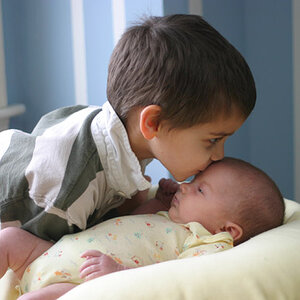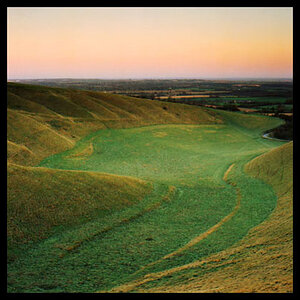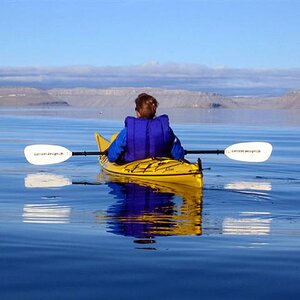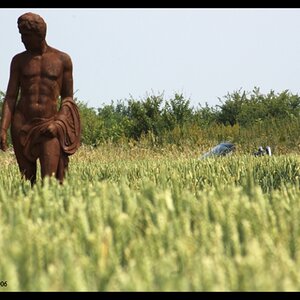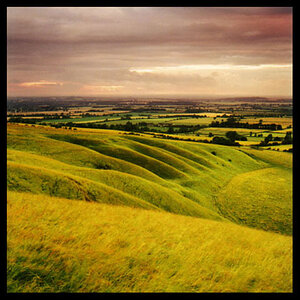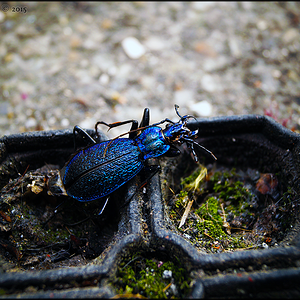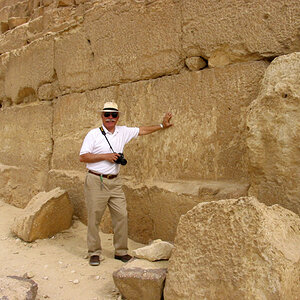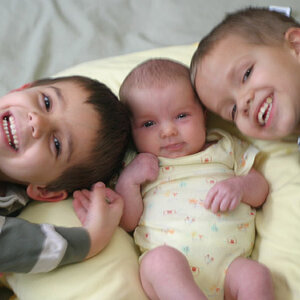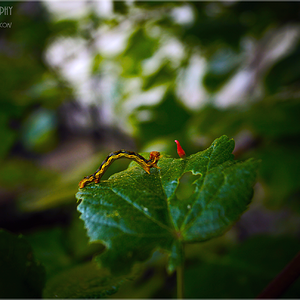Jeff Canes
No longer a newbie, moving up!
- Joined
- May 19, 2003
- Messages
- 6,194
- Reaction score
- 28
- Location
- Hollywood, FLA USA
- Website
- www.pbase.com
- Can others edit my Photos
- Photos OK to edit
I dont want to mess round with long exposures, been playing with the dial on my light meter, at 2 iso seem to hand hold one would need very good light at less EV 16 that would let me shot f4 @ 1/60, on the tripod seem I would want to say with at less EV8 light to keep exposures under 4 minute are so that I can live with.
For the first 10 are so paper negative I used Foma paper shot it as if it was iso 6, got one good print, now I have some ilford with back printing so at less the paper will be loaded right, hope to try that soon.
Truthfully so far I am finding this 4x5 camera and process very cumbersome, time consuming and cumbersome (aka pain in the butt), those add up to frustration in my book
Also the lack of a good darkroom does not help; the only good part about mine is the build in chair
For the first 10 are so paper negative I used Foma paper shot it as if it was iso 6, got one good print, now I have some ilford with back printing so at less the paper will be loaded right, hope to try that soon.
Truthfully so far I am finding this 4x5 camera and process very cumbersome, time consuming and cumbersome (aka pain in the butt), those add up to frustration in my book
Also the lack of a good darkroom does not help; the only good part about mine is the build in chair


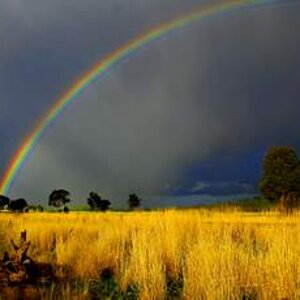
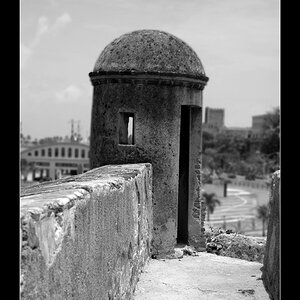
![[No title]](/data/xfmg/thumbnail/37/37125-c083e505c2e7d8f15f717a96de782959.jpg?1619737883)
